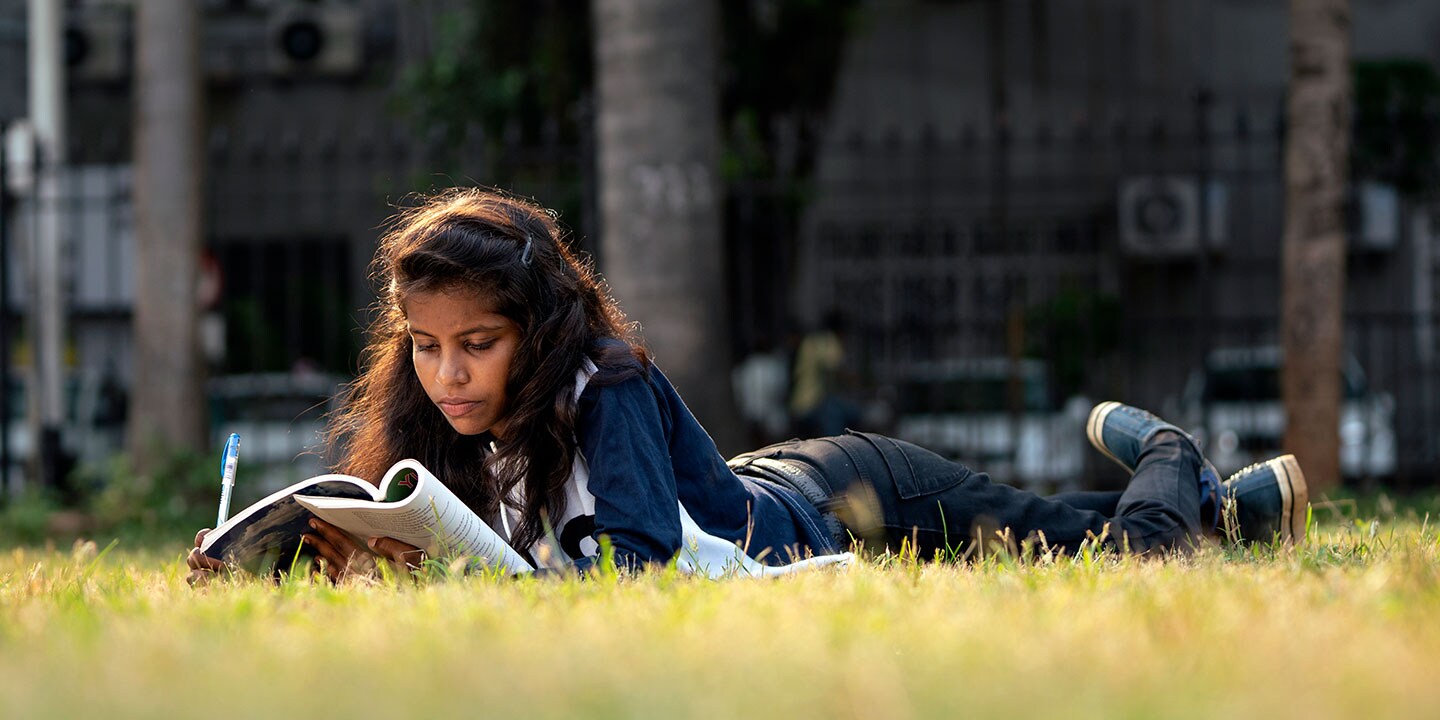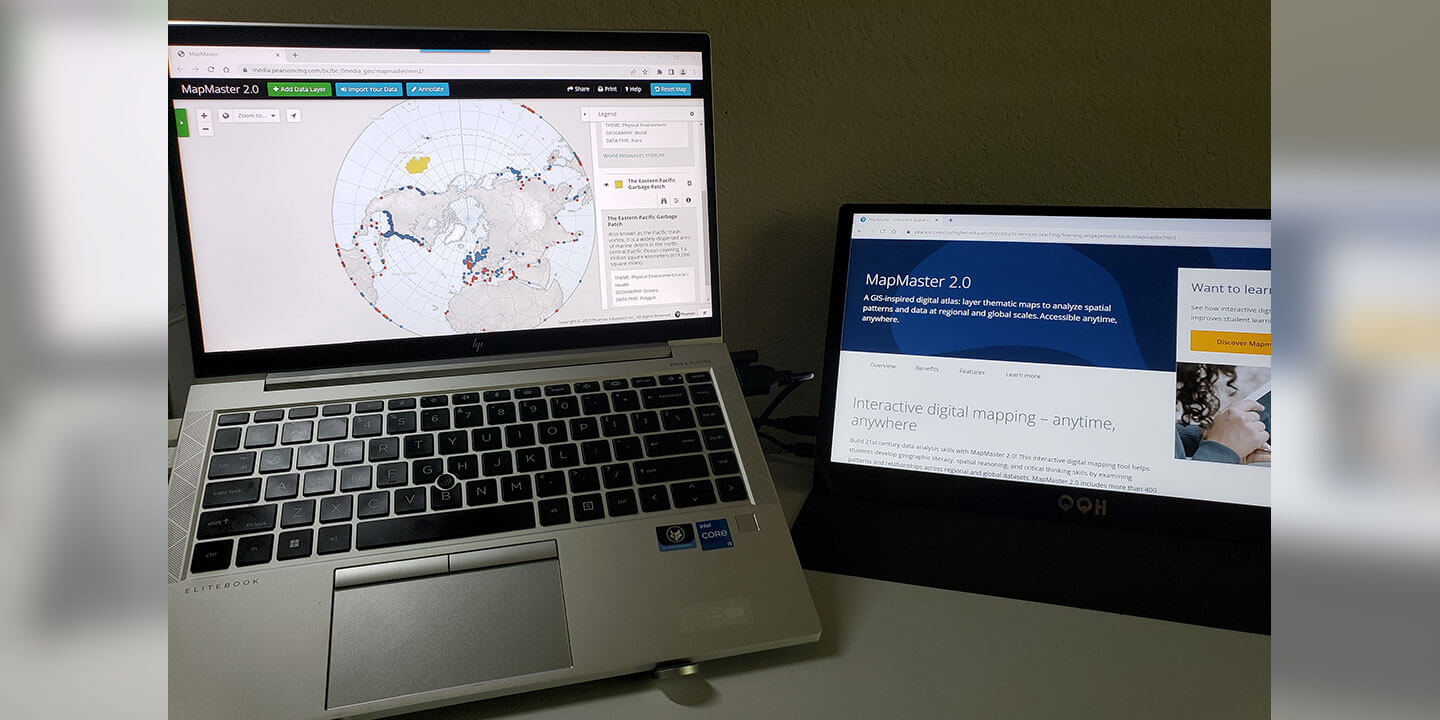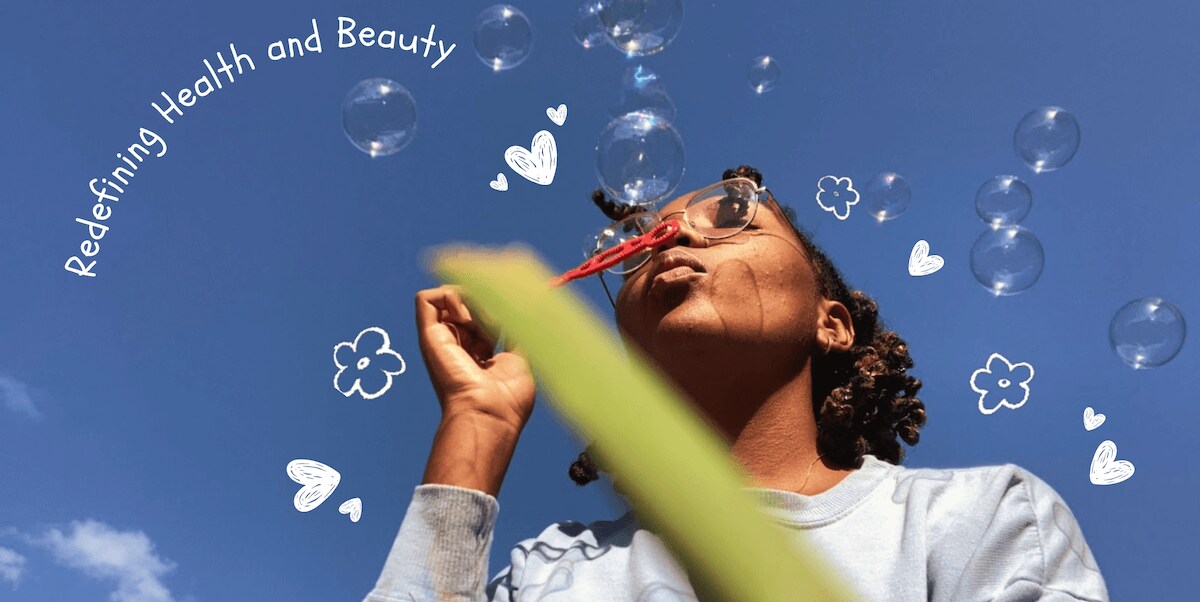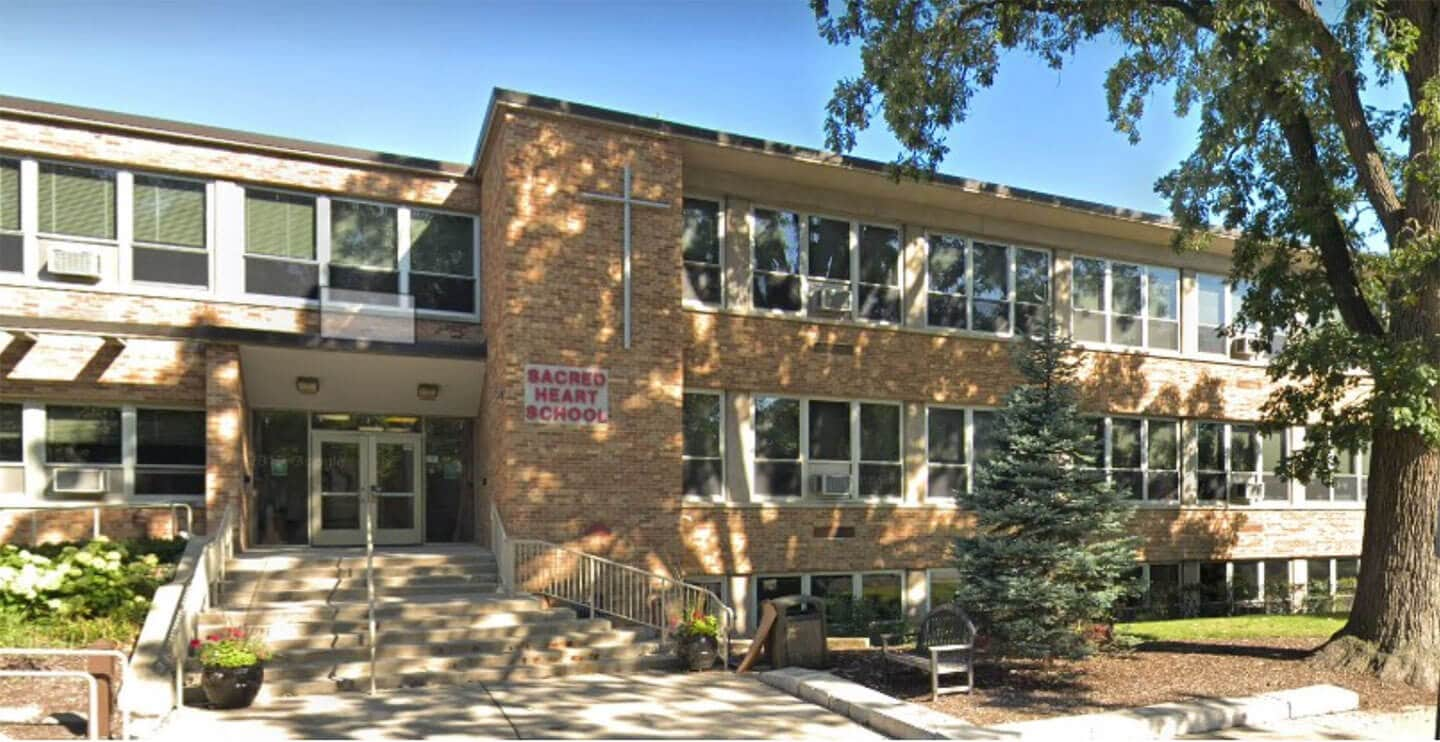Students do so much academic reading for their classes that the joy of a good book is often forgotten! After reading hundreds of textbook pages during my first year in college, I’m sad to say that I, like many of my friends, lost my connection to one of my favorite pastimes: pleasure reading. Reading is a fantastic way to reduce stress, explore an author’s creative world, and exercise the mind without even realizing it! So, let’s reignite a passion for reading with 5 book recommendations from a variety of genres... happy reading!
Who doesn’t love a twist on a good fairy tale? Check out Cinder by Marie Lu.
Jump into a world where humans and androids attempt to coexist, a plague ravages the Earth, and those with special gifts live on the moon. Cinder, a well-known mechanic from New Beijing of the Eastern Commonwealth, spends her days trying to escape her stepmother and stepsisters who can be awfully wicked. In a whirlwind of ballgowns, royalty, and secrets, Cinder becomes the center of a cosmic war, and she may just be the key to saving humanity. Follow Cinder’s story in The Lunar Chronicles series, preceding Scarlet, Cress, and Winter, where she must distinguish friend from foe in order to find her happily ever after.
Are you a science fiction enthusiast? Pick up The Martian by Andy Weir.
If you think Mother Nature is merciless on Earth, try living on Mars. When botanist-astronaut Mark Watney is accidentally left behind on his crew's Hermes mission, it appears he may be the first person to walk on the Red Planet as well as die there. Over 128 million miles from home, running low on food and water, and lacking a way to communicate with Earth, Watney must use all his astronomical knowledge in order to survive. Can he overcome the planetary elements, or will he stay lost in space forever?
Maybe you’re looking for an inspiring, true story? Educated by Tara Westover is perfect for you.
Tara Westover’s memoir was named one of the top ten best books of the year in 2018 by the New York Times. Westover recounts her experience growing up as a daughter of Mormon survivalists. Living in the mountains of Idaho, she was almost completely isolated from modern society. She was seventeen when she first stepped into a classroom and after watching one of her brothers get into college, she knew she wanted a different life for herself. Traveling thousands of miles away from the safety of the mountain, even making it to some of the most prestigious universities, her educational journey opened her eyes to the wonders of the world around her. Take the trip with Westover as she acquires knowledge from all corners of the globe, battling superstition, lack of self-confidence, while wondering if she’s drifted just slightly too far from the mountains.
Unsure of what the world could look like in a couple hundred years? Consider this future in Legend by Marie Lu.
The western United States is a region of the past, rebuilt and now known as the Republic. Growing up in two very different worlds, child prodigy, June Iparis, and the government’s most wanted criminal, Day Wing, meet under extreme circumstances: the murder of June’s brother where Day is the prime suspect. June is on a mission to avenge her brother while Day is determined to help his impoverished family survive. As the chase continues, the truth begins to unfold and sends blame circulating through the Republic until it becomes clear there are a lifetime of secrets kept behind closed doors. Detangle the dystopia in The Legend Series trilogy to find out the real reason for the unpredictable partnership between rags and riches.
Feeling like a detective? Investigate the supernatural in Gone by Michael Grant.
Gone. Without a trace. Internet, television, social media all disappear, along with everyone 15 years and older. High school is hard enough without an entire town becoming a fishbowl. An impenetrable barrier has left the remaining teens trapped with no way to call for help. But danger lurks in the shadows. Emotions are running high, food is becoming scarce, animals are mutating, and some kids themselves are discovering they have strange abilities. Deadly abilities. The struggle for control shakes the town and battle lines are drawn. If you’re young, enjoy your stay in the fishbowl while it lasts because on your 15th birthday you will vanish as well, just like the adults. And you don’t come back. Are all the teens doomed to an early death or does safety lie beyond the barrier?
Summer is a time when many college students are able to slow down and get some much-needed relaxation. Reading for pleasure is a great way to do just that. No matter what book you choose, take some time this summer to re-discover reading for fun and enjoyment!
Do you have a compelling story or student success tips you’d like to see published on the Pearson Students blog? If you are a college student and interested in writing for us – click here to pitch your idea and get started!








